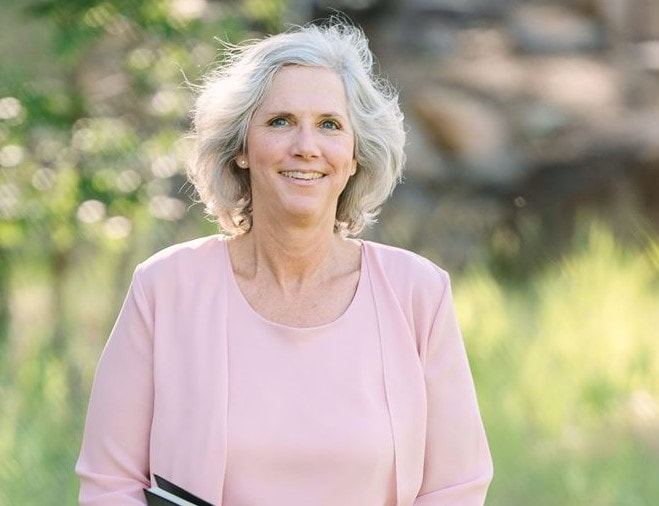|
Today’s modern day handfasting ceremony is a revival – of sorts – of the handfastings of yester yore. The act of handfasting was originally an element to a formal betrothal ceremony (the precursor to today’s engagement) perhaps going as far back as ancient Celtic Scotland, up to the 16th century reformation-era. During the formal betrothal ceremony, in which a couple promises to one another their agreement in future marriage, there was a formal handshake to seal the deal. This was called the handfæstung, meaning, a pledge by the giving of the hand, according to A.E. Anton. The betrothals eventually became so formal that it was an event in and of itself, which eventually lead up to the wedding ceremony. From the Mayans of South America to the Hindu Vedic community of the Middle East to the Celtic culture of Scotland a hand fasting ceremony is an ancient martrimonial ritual. It usually involves fastening a couple's hands together with cording, ribbon, twine or a silk sash while hand fasting prayers are recited and vows are exchanged. Couples can opt to use a single string or braid three strings together to represent the intertwining of the two individual lives into one. Generally four to six feet in length, the threads can consist of any color or material and may contain specific gemstones or charms to bless the marriage. Numerous online wedding vendors sell ready-made and custom versions. After the ceremony, couples typically display their unity cords in their home as a reminder of their lifelong commitment. You can preserve the sacred cord in a keepsake box, drape it inside a shadowbox with other wedding memorabilia or affix it to a board in an infinity symbol. Traditionally, the marriage knot is secured at the end of the ceremony after the vow and ring exchange to symbolize the couple's final pledge to blend their lives together. A hand fasting ceremony can also be done in lieu of a vow and ring exchange. Tying the knot is a primary wedding ceremony whereby a couple ties a fisherman's knot. This is done after the exchanges of vows and rings. The couple, using large colored cords, ties the knot as the Celebrant reads a commentary. Choices for commentary are available. The theme of the commentary is that, like a fisherman's knot, marriage strengthens and supports the bride and groom through life and, like the knot, their marriage grows stronger under pressure.
0 Comments
Leave a Reply. |
AuthorJen Paul, Life Cycle Celebrant, Ordained Minister, Wedding Officiant, Life Coach, Death Doula Archives
August 2023
Categories |

 RSS Feed
RSS Feed